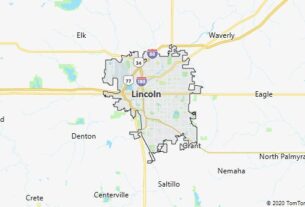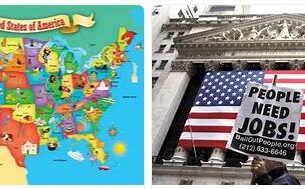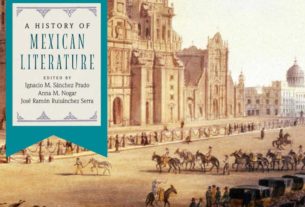The vegetation reflects the latitudinal variation of the climate and soils. About half of the Canadian territory has frozen soils for most of the year or all year round (pergelisol): this greatly reduces the chances of plant life. The tundras cover the whole of “Upper Canada” to the southern shores of Baffin Bay. In the “Middle North” lies the boreal coniferous forest, similar to the Siberian taiga, with pine and fir trees; there are also birches and poplars. Towards the south, on more or less rich podsolic soils, we progressively pass to the broad-leaved forest in which sugar maple, ash, linden, chestnut, etc.; this forest gives way in the Central Plains to the immense expanses of the prairies, essentially of grasses. A great variety of vegetation characterizes the highlands of western Canada: while the arid inland plateaus and the eastern side of the mountain ranges have scarce vegetation, of a steppe type, the western flanks are covered by a dense forest mantle; in particular on the Pacific side of the Coastal Ranges, very humid and rainy, the coniferous forest is enriched with giant species of tsughe, cypresses, red cedars, etc. Overall, the forests, severely damaged by atmospheric pollution and acid rain, cover more than a third of the Canadian territory; the forestry protection programs have fortunately put an end to the exploitation of this heritage. According to dentistrymyth, Canada’s rich water heritage is also at risk from industrial pollution and pollution caused by the use of pesticides as well as by the uncontrolled exploitation of fresh groundwater. Furthermore, the prospect of the depletion of water resources calls particular attention to the problem. § Although Canada does not have its own endemic fauna, it has numerous species of animals even if grouped into a few families. Very common are the antilocapra, the big-eared deer, the elk and the wapiti; among the Ursids the grizzly (gray bear), the baribal (American black bear) and the polar or white bear are well represented. Also among the Mammals there are the hooded seal, the coyote, the bighorn sheep, the Rocky Mountain sheep, the caribou, the snow goat, the musk ox, the wolverine, the polar and common foxes, the flying squirrels, the muskrat, the hursone, the raccoon, some mustelids such as the ermine, the weasel, the mink and the Canadian beaver. Among the birds the most common are the American woodpecker, some rulers, grouse, the American crane (now almost extinct), the red-tailed buzzard and the American kestrel. Very few (and nonexistent in some regions) the Amphibians and Reptiles which together count a dozen families also typical of northern Eurasia. In defense of the flora and fauna heritage, parks and protected areas have been established for a total surface area that covers 7% of the territory; the major national parks are those of Wood Buffalo (44,807 km²), Jasper (10,878 km²) and Banff (6641 km²). There are also national protected marine areas, wildlife oases, sanctuaries, refuges and ecological reserves.
Calgary
Calgary [ kælgər ɪ ], city in the south of the province of Alberta, Canada; is 1,045 m above sea level, in the foothills of the Rocky Mountains, on the Bow River and has (2019) 1.3 million residents (1.5 million residents in the metropolitan area).
Between 2011 and 2017 alone, the population grew by 13%, making Calgary the fastest growing metropolis in Canada and the largest city in Alberta.
Calgary is a Catholic bishopric and has, in addition to the university (founded in 1945), Mount Royal University (founded in 1910), colleges, museums, galleries, a heritage park, a planetarium and a zoological garden. As a cultural center, the city has its own ballet ensemble and a philharmonic hall, and the city is also the venue for an international film festival every year.
Calgary is the center of Canada’s oil and gas industry (discovery of the first large natural gas and oil field near Calgary in 1914), as well as the center of a rich farm area; Oil refineries, metal processing, apparatus and equipment construction, chemical, wood, paper, printing industries, flour mills, meat factories, agricultural machinery construction; Transport hub, international airport. Together with Edmonton and Vancouver, Calgary is the economic center of western Canada. Every year in July there is an agricultural exhibition with rodeo (“Calgary Stampede”). In 1988 Calgary hosted the XV. Olympic Winter Games.
Cityscape
The city skyline is characterized by modern high-rise buildings. The landmark is the 191 m high Calgary Tower with a viewing platform. The tallest structure is the 236 m high office building The Bow (2007–12; by Foster and Partners).
History
Calgary, founded in 1875 as Fort Brisebois Police Station, renamed Fort Calgary in 1876, gained importance as the regional hub of southern Alberta when the Canadian Pacific Railway, Canada’s first transcontinental railroad, was advanced to Calgary (1883). In 1894 Calgary became a city with its own administrative sovereignty (City).




